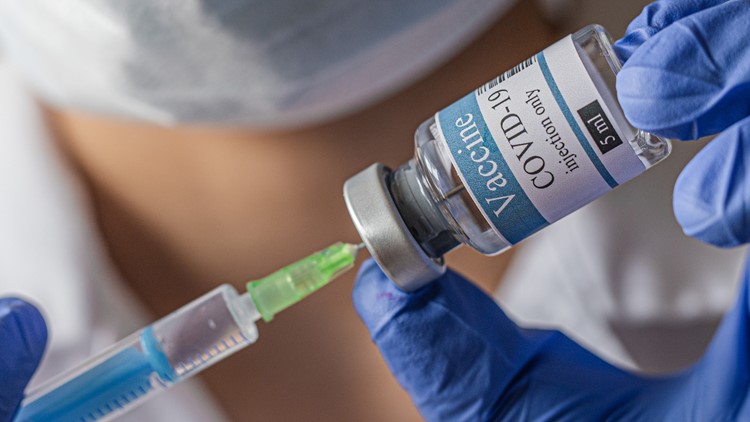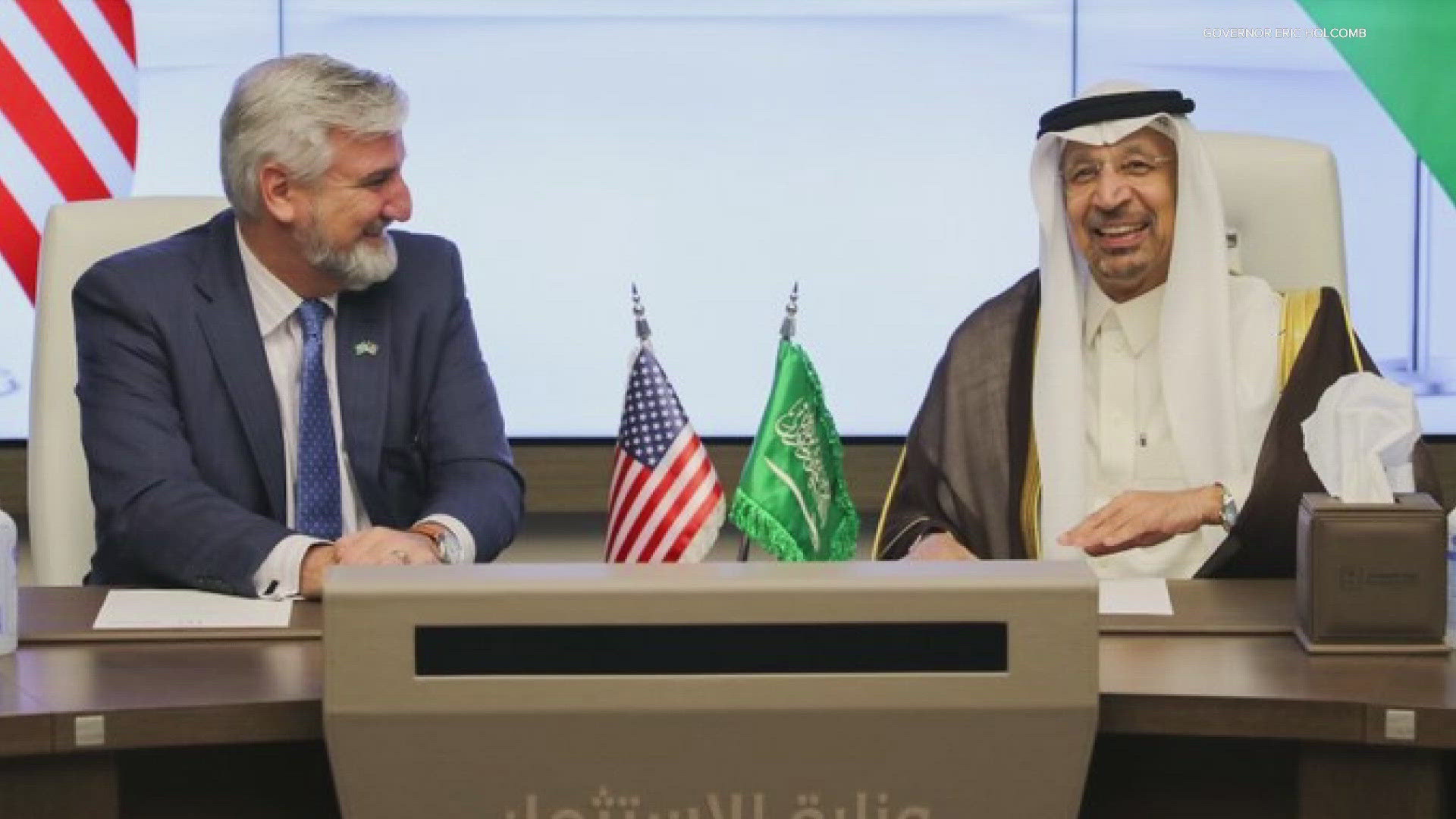INDIANAPOLIS — It was a year ago Saturday that the first Hoosier was stricken with what has become our 21st Century nightmare, COVID-19. Ten days later Roberta “Birdie” Shelton became the first known death, dying alone in a pandemic that came quickly and with great mystery.
Now, some 12,633 Hoosier deaths later (and more than 517,000 nationally), we are seeing what has been widely described as a "light at the end of the tunnel." Earlier this week, the millionth Hoosier took what is nothing short of a modern miracle, a vaccination developed and tested in less than a year that is guaranteed to keep you out of the hospital and an early grave.
Gov. Eric Holcomb was asked by a Brown County Democrat reporter how we will know when the pandemic is over. "It's an almost impossible question to answer because we don't know," he responded. "What we do know is we have more control now than ever, and it's paying off. In previous surges, we didn't have a vaccination to bring down those hospitalization rates and deaths. Now we do."
On Tuesday, the state announced mass vaccination sites at the Indianapolis Motor Speedway (literally, you can drive up pit row to get your shot), at Notre Dame and an Ivy Tech campus in Sellersburg. The state opted to make vaccine available in age increments, because the older you are, the greater chances of hospitalization and death.
The State of Indiana has made getting vaccinated relatively easy. You can go to https://ourshot.in.gov or dial 211 to make an appointment. When my age group became available last week, my wife spent about 15 minutes on the website before she scheduled a vaccination just five days later.
The slots by physical vaccination sites quickly filled up and by the time I was scheduled, my date was March 24. I then called 211, asked for the first available date, and was rescheduled for last Tuesday. I went with my wife to the Indiana University Neuroscience Center in downtown Indianapolis last Sunday where there was available adjacent parking and a tiny line. When I asked if I could go ahead and get vaccinated with her, I was accommodated with no quibbling. After registering, I received a Vaccination Record Card, got the Pfizer shot, scheduled my second dose for March 21, and then spent 15 minutes in an auditorium to make sure there were no side effects (there weren't).
We were exhilarated by the experience, knowing that in a few weeks, we'll be able to party with friends, visit family, or safely go out to a bar or restaurant.
"We've tried to make that as easy as possible to schedule and get on your way and get your life back," Holcomb said on Wednesday. "This is really good news. I count my lucky stars every day that we're having this discussion about hundreds of thousands of Hoosiers get vaccinated and that we're not waiting seven years. This is a good thing."
Indiana Health Commissioner Kristina Box added, "A year ago there was no vaccine for COVID-19 and if you'd ask me and Dr. (Lindsay) Weaver, we would have been very pessimistic about it. Today we have three vaccines and we have vaccinated more than 1 million Hoosiers. This past week we expanded eligibility not once, but twice."
A year ago, there was no testing available in the state. "We built that from scratch and now have more than 300 testing sites, having done more than 8 million for more than 3 million Hoosiers," Dr. Box said. "We had very limited capacity and we relied very heavily on our partners at Eli Lilly for testing supplies and also to run tests in those early days. Today we have 10 labs as part of our Indiana lab testing network and we have more than 2,300 labs reporting results to us. Our local health departments and hospitals have stepped up in incredible ways."
Both Holcomb and Box stressed that the more Hoosiers who vaccinate, the better off our entire community will be. While Indiana's positivity rate has declined from 4.1% to 3.5% in a week, declining to its lowest point since Sept. 17, "We are also reminded that pandemics are hard to defeat as virus mutate just when we think the worst is behind us," Box said. "Even positive trends like we've seen in recent weeks don't signal that we're out of the woods."
Axios reported that the U.S. averaged just under 65,000 new cases per day over the past week, essentially unchanged from the week before, ending a six-week streak of double-digit improvements. Although the U.S. has been moving in the right direction, 65,000 cases per day is not a number that indicates the virus is under control. It’s the same caseload the U.S. was seeing last July, at the height of the summer surge. And there are still 1,500 to 2,000 deaths a day.
Dr. Anthony Fauci said on NBC's “Meet the Press” last Sunday: “Our baseline of daily infections now, even though it's way down from where it was 300,000+ per day, is down to around 70,000. That baseline's too high.”
The best thing you can do to return your life back to normal is to vaccinate when you are eligible.
The columnist is publisher of Howey Politics Indiana at www.howeypolitics.com. Find Howey on Facebook and Twitter @hwypol.



